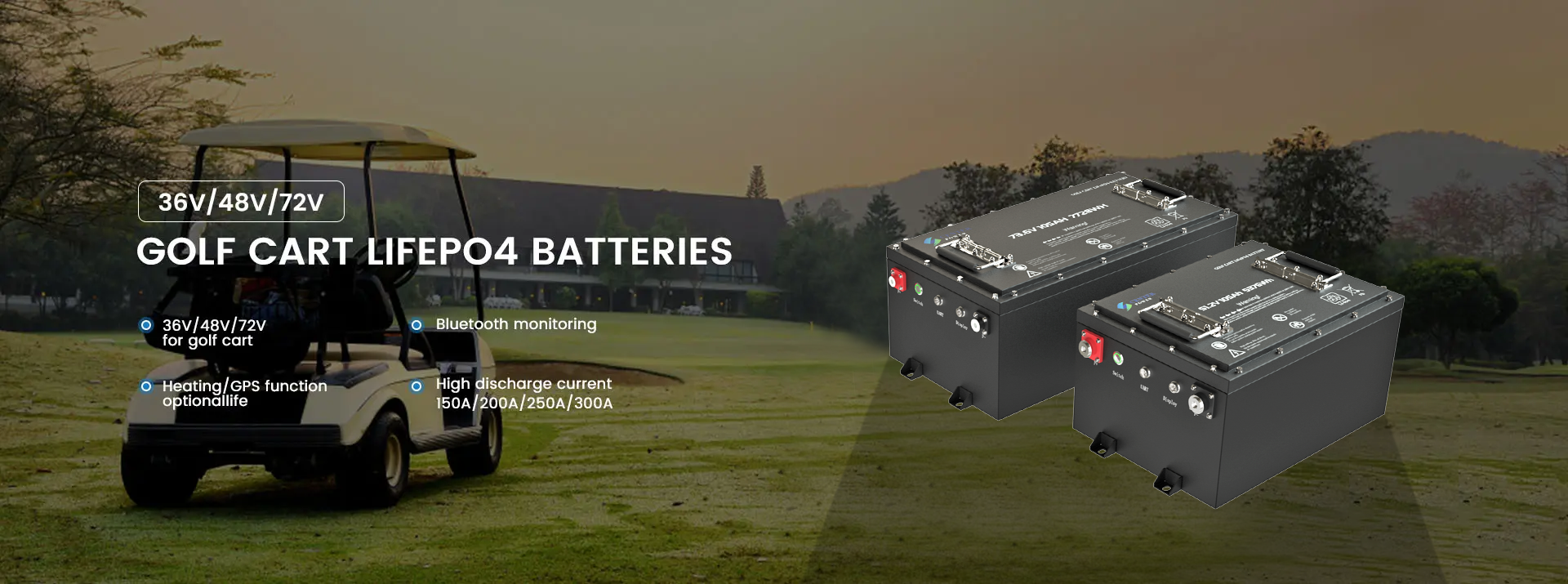
Forklift batteries generally come in two main types: Lead-Acid and Lithium-ion (commonly LiFePO4 for forklifts). Here's an overview of both types, along with charging details:
1. Lead-Acid Forklift Batteries
- Type: Conventional deep-cycle batteries, often flooded lead-acid or sealed lead-acid (AGM or Gel).
- Composition: Lead plates and sulfuric acid electrolyte.
- Charging Process:
- Conventional Charging: Lead-acid batteries need to be fully charged after each usage cycle (typically 80% Depth of Discharge).
- Charging Time: 8 hours to fully charge.
- Cooling Time: Requires about 8 hours for the battery to cool down after charging before it can be used.
- Opportunity Charging: Not recommended, as it can shorten battery life and affect performance.
- Equalization Charging: Requires periodic equalization charges (once every 5-10 charge cycles) to balance the cells and prevent sulfation buildup. This process can take additional time.
- Total Time: Full charge cycle + cooling = 16 hours (8 hours to charge + 8 hours to cool down).
2. Lithium-ion Forklift Batteries (Typically LiFePO4)
- Type: Advanced lithium-based batteries, with LiFePO4 (Lithium Iron Phosphate) being common for industrial applications.
- Composition: Lithium iron phosphate chemistry, much lighter and more energy-efficient than lead-acid.
- Charging Process:Total Time: Full charge cycle = 1 to 3 hours. No cooling time is required.
- Faster Charging: LiFePO4 batteries can be charged much more quickly, allowing for opportunity charging during short breaks.
- Charging Time: Typically, it takes 1 to 3 hours to fully charge a lithium forklift battery, depending on the charger’s power rating and battery capacity.
- No Cooling Period: Lithium-ion batteries do not need a cooling period after charging, so they can be used immediately after charging.
- Opportunity Charging: Perfectly suitable for opportunity charging, making them ideal for multi-shift operations without interrupting productivity.
Key Differences in Charging Time and Maintenance:
- Lead-Acid: Slower charging (8 hours), needs cooling time (8 hours), requires regular maintenance, and limited opportunity charging.
- Lithium-Ion: Faster charging (1 to 3 hours), no cooling time needed, low maintenance, and ideal for opportunity charging.
Would you like more detailed information on chargers for these battery types or additional advantages of lithium over lead-acid?
Post time: Oct-14-2024






